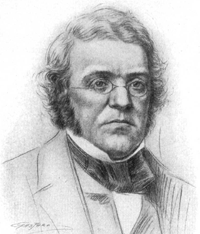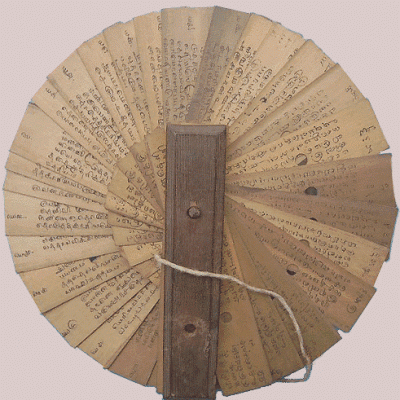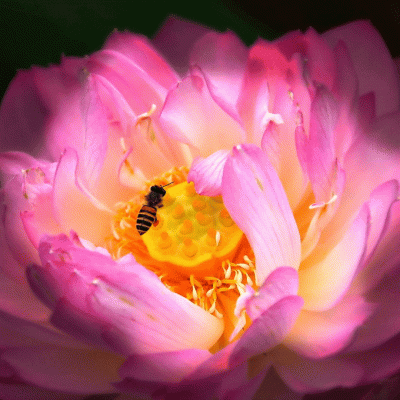 William Makepeace Thackeray was one of those rare writers who could criticize something without developing a contempt for it. Writing for him was a way of coming to terms with human nature, specifically, his human nature. As Gordon N. Ray in his definitive biography of Thackeray, wrote: “Closely scrutinized, his novels turn out to afford a kind of diary of his intimate life” [1]. So it is interesting that the theme of racial mixing — of miscegenation — runs like a bright red thread through Thackeray’s work.
William Makepeace Thackeray was one of those rare writers who could criticize something without developing a contempt for it. Writing for him was a way of coming to terms with human nature, specifically, his human nature. As Gordon N. Ray in his definitive biography of Thackeray, wrote: “Closely scrutinized, his novels turn out to afford a kind of diary of his intimate life” [1]. So it is interesting that the theme of racial mixing — of miscegenation — runs like a bright red thread through Thackeray’s work.
For example, in The Tremendous Adventures of Major Gahagan (1838), Gollian Gahagan falls madly in love with a half-breed, the fair and lovely Julie Jowler, daughter of Colonel Jowler and his Indian wife, a “hideous, bloated, yellow creature.” Later on, Gahagan is chased by the lady Puttee Rooge with the “complexion of molasses” and “rendered a thousand times more ugly by the tawdry dress and the blazing jewels with which she was covered.” And at one of the novel’s many crisis points, Belinda Bulcher, 100% white and “dazzling as alabaster” extracts a promise from her hero:
‘Captain Gahagan,’ sobbed she, ‘Go-Go-Goggle-iah!’
‘My soul’s adored!’ replied I.
‘Swear to me one thing.’
I swear.’
‘That if–that if–the nasty, horrid, odious black Mah-ra-a-a-attahs take the fort, you will put me out of their power.’
Gahagan promises and then goes around offering the same service to the other white ladies in the camp. However:
Fancy my disgust when, after making this proposition, not one of the ladies chose to accede to it…
Disgust? Why? That the white women preferred rape and possible survival over virtue and certain death? Thackeray was unusually sympathetic to human foibles, especially feminine ones. He was the first major English writer to see that in a thoroughly materialistic society, morality too becomes just another status symbol. But when it came to racial mixing, there is an uncharacteristic latent disgust in his writing. Phillip Davies, who first studied Thackeray’s obsessions with racial mixing, concluded:
It would appear that Thackeray was strongly conscious of what he might have imagined to be a skeleton in his closet. [2]
But just what was this skeleton?
The author of Vanity Fair was born on July 18, 1811 in Calcutta, India, and was the first and only child of Richmond Thackeray and Anne Becher. As the Secretary to East India Company’s Board of Revenue, Thakeray, Sr. was very well off and had a palatial house on 39 Free School St in Chowringhee, Calcutta. Young William lived the life of a prince: an Indian wetnurse, adoring parents, devoted Gunga Dins, fine morning walks on the Esplanade, spring-hung Ox-driven carriages and the thrill of surveying a world still largely clueless about the British shaft rudely and firmly ensconced between its butt-cheeks.
This idyllic existence came to an abrupt end on September 13, 1815, when Richmond Thackeray took gravely ill and died. Anne Becher decided to send her beloved son back to England (she joined him a year later). William Thackeray left more than a mother behind; he left behind two aunts (a maternal aunt, Maria, and a paternal one, Augusta) and his ayah, “Black Betty.” He also left behind a half-breed sister, Sarah Redfield. Her absence was to haunt him.
Sarah Redfield, born in 1804, was the daughter of Richmond Thackeray and Charlotte Sophia Rudd, his native — possibly Eurasian — mistress, or cara amica as Roberdeau delicately puts it in his Bengal: Past and Present. In the early 1800s, it wasn’t that big of a deal. The ratio of white officers to white women was around 16 to 1. And if the illegitimate children could pass for white, then their fathers would even send them to England for a chance at full assimilation. Sarah was unlucky that way. It is known that she got married in Calcutta to James Blechynden, also an Eurasian, on July 20, 1820. Thackeray Sr. wasn’t a total jerk; in his will he’d left an annuity of 100 pounds for her and 25 pounds for Charlotte. Sarah Blechynden nee Redfield must’ve had no surviving children because upon her death in 1841, her share of the annuity went to William.
It is understandable that William Thackeray would be haunted by thoughts of his brown sister enduring God alone knew what in Calcutta. But it began to border on the morbid. For example, after eating a dinner of turtle and cold beef (!), he recorded in his diary:
I wish the turtle had choked me — there is poor Mrs. Blechynden starving in India whilst I am gorging in this unconscionable way here. I must write to her.” [2]
The source of his guilt may not have been entirely due to the fact that his mother, unlike hers, was also their father’s wife. It’s probable that Thackeray too was the product of a distant miscegenation; not so distant that people didn’t remember but distant enough that it didn’t matter. His maternal grandmother, Harriet Cowper — Anne Becher’s mother — is thought to have been of Indian origin, perhaps twice or thrice removed. In fact, according to Gordon N. Ray, Thackeray’s daughter referred to Harriet Cowper as “my brown grandmother” [1, pp. 54]. Such doubts about pedigree, in that time and place, could be a heavy burden. For example, in a letter to her husband-to-be, the great Elizabeth Barrett Browning, who was partly black, wrote:
I would give ten towns in Norfolk (if I had them) to own some purer lineage than that of the blood of the slave!
William Thackeray was the brother who’d been able to pass. Indeed, for someone with Thackeray’s sensitivity — several peers referred to it as being almost “womanly” — his secret would’ve been like a convex mirror, distorting the familiar and revealing the shameful. Thackeray’s anxieties popped up in his conversations, letters, novels and essays. His essay On Being Found Out, while intended to be comic, is also confessional, apologetic and defiant:
It is a very curious sensation to sit by a man who has found you out, and who, as you know, has found you out; or, vice versa, to sit with a man whom YOU have found out. His talent? Bah! His virtue? We know a little story or two about his virtue, and he knows we know it. We are thinking over friend Robinson’s antecedents, as we grin, bow and talk; and we are both humbugs together.
References:
[1] Gordon N. Ray. Thackeray. McGraw-Hill. New York. 1972.
[2] Phillip George Davies. The miscegenation theme in the works of Thackeray. Modern Language Notes, 76(4). 1961. pp. 326-331



